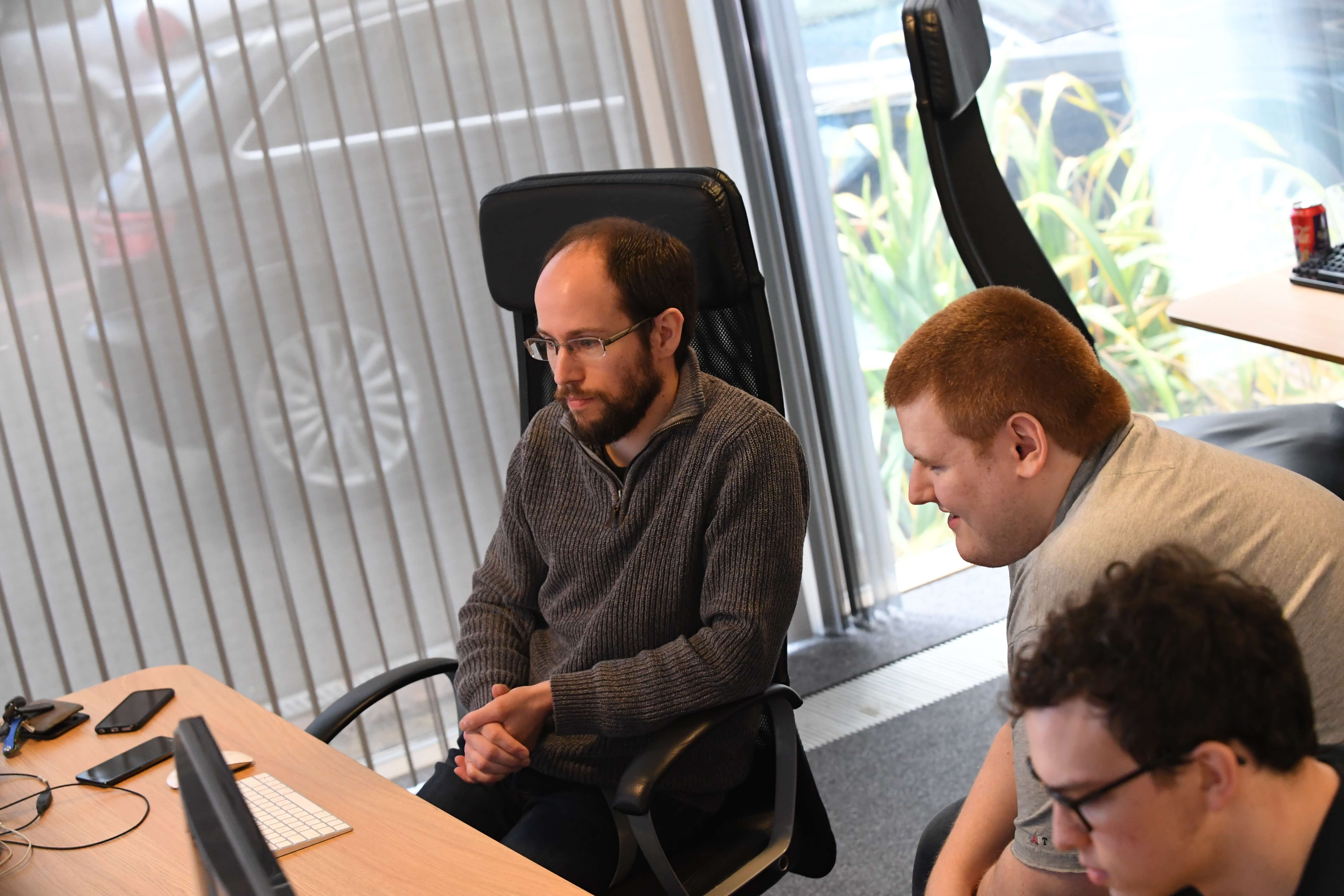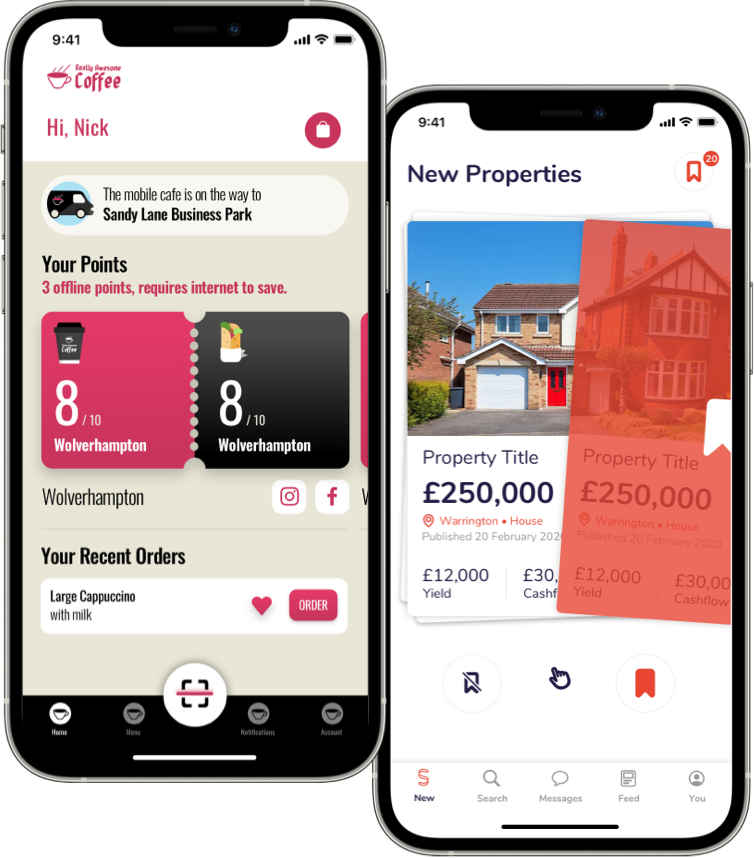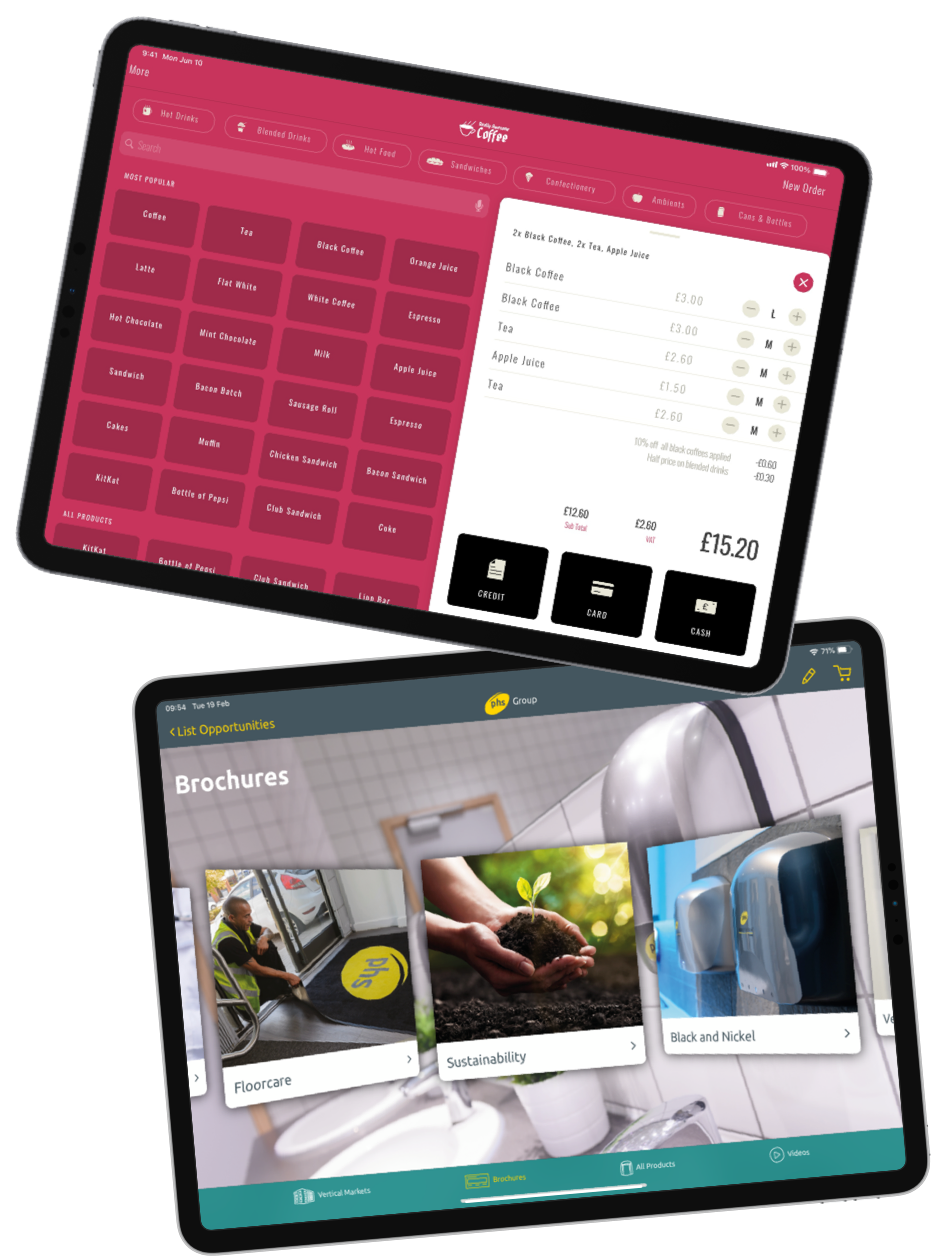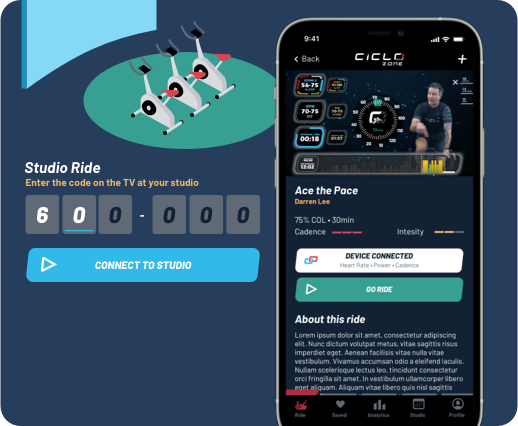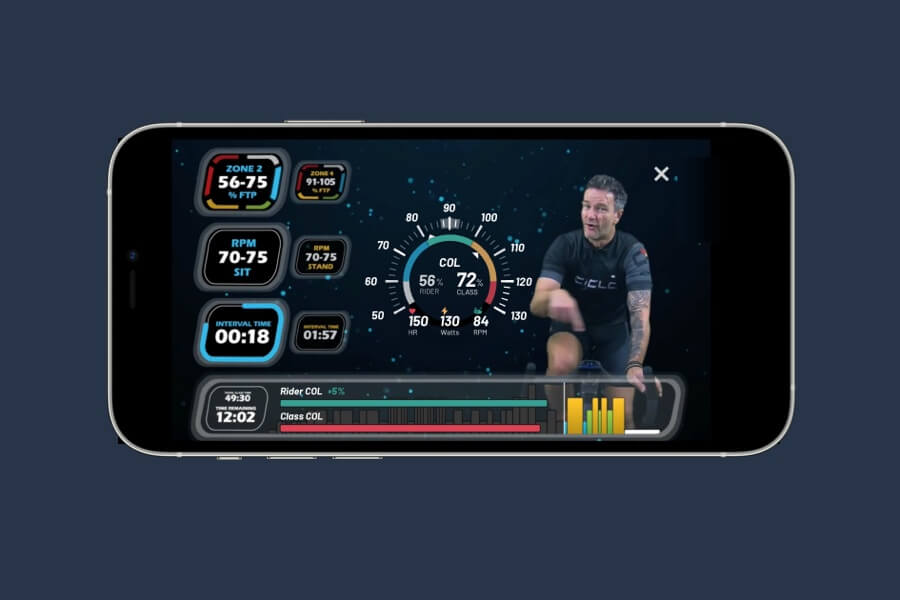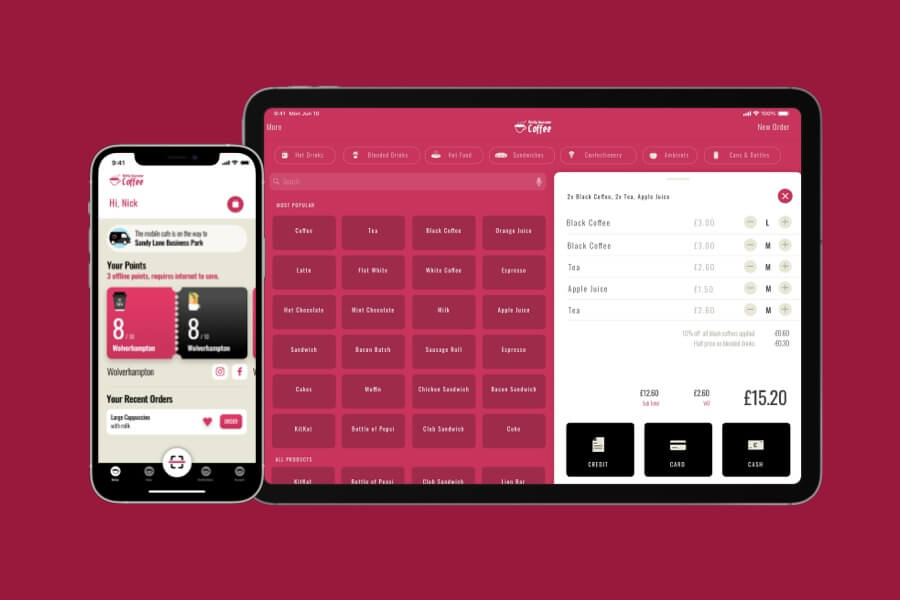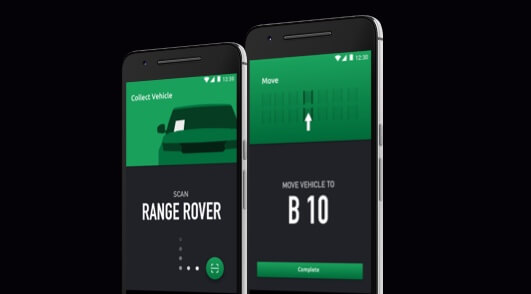Frequently Asked Questions
How do you build a camera and video processing app?
We begin with discovery to map out camera requirements and UI expectations. Development then integrates camera APIs for live preview, recording, playback, and editing layers. Each stage is validated through prototyping and testing.
What libraries or frameworks do you use?
We use AVFoundation, CameraX, FFmpeg, Metal, OpenGL, and optional AI features via ML Kit. These tools handle everything from encoding to filter application and allow for real-time performance.
How do you manage real-time video enhancement?
Using GPU acceleration, we process frames as they are captured. Filters, overlays, and stabilisation effects can be layered live with minimal latency. We optimise for hardware utilisation to ensure smooth playback and minimal lag.
What are the best practices for compression and storage?
We implement advanced compression formats like HEVC and use background processing for export. Cloud sync is optional, and we allow user control over resolution, format, and file location.
How do you ensure compatibility across devices and camera APIs?
We abstract camera APIs where possible and test on a wide range of devices. Our software is built to adapt to different sensors, lenses, and OS versions, with fallbacks for unsupported features.
How can users edit videos within the app?
Editing is enabled via timeline controls, trimming tools, and drag-and-drop effects. Users can adjust playback speed, add filters, and export in multiple formats—all from within an intuitive mobile interface.
